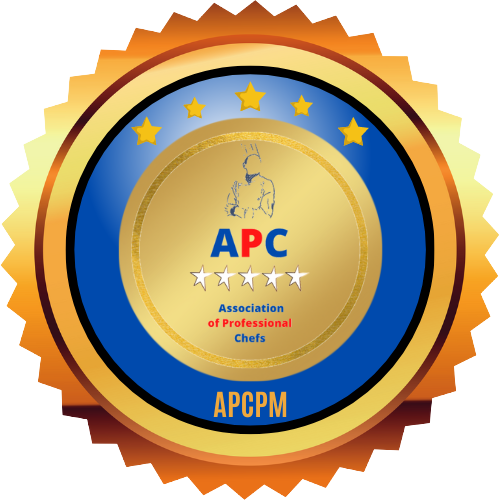
Hospitality Industry

Hospitality is the act of kindness in welcoming and looking after the basic needs of customers or strangers, mainly in relation to food, drink and accommodation.
Understanding the Relationship Between Host and Customer in the Hospitality Industry
In modern times, hospitality is defined as the interaction between a host and their guests. The term "Hospitality Industry" relates to businesses or groups that offer food, drink, and lodging to individuals who are traveling or away from their usual residence.
Characteristics of the Hospitality Industry
On successful completion of this lesson, you will be able to:
Describe the characteristics of the hospitality industry.
Explain the relationship between hospitality and tourism
The Accommodation Sector
On successful completion of this lesson, you will be able to:
Explain what is meant by service efficiency.
Identify the classification of accommodation.
Explain the hotel classification/rating system.
Discuss the different types of accommodation
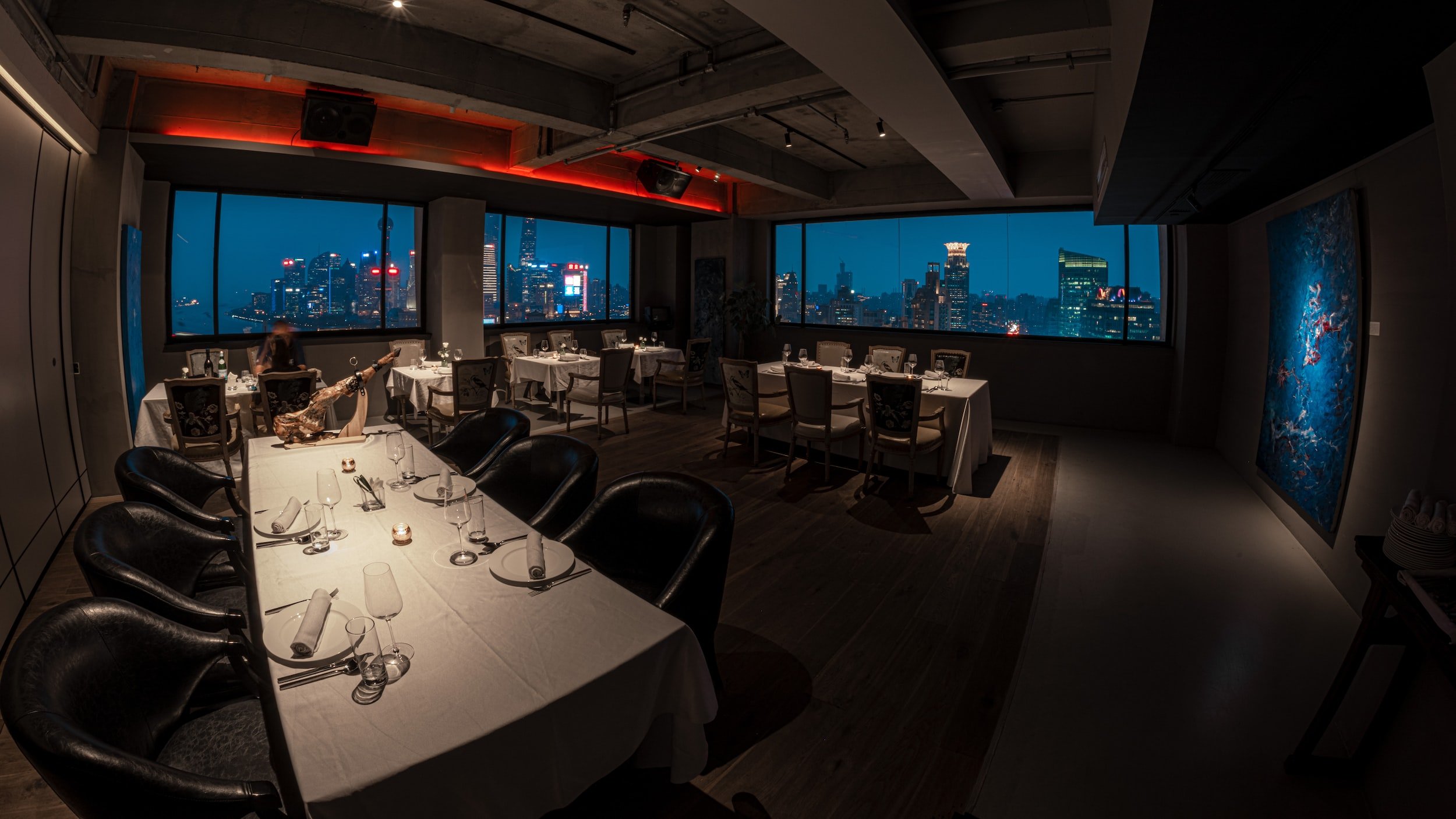
Summary - key points covered in the section
-
Exploring the Core Components of the Hospitality Industry
The hospitality industry is all about extending kindness and catering to the basic needs of patrons, especially in terms of food, drink, and lodging. This field is marked by five crucial characteristics: product/service, communication, relationships, cultural diversity, and labor. There are two main sectors within the industry – accommodation and food and beverage. Accommodation offers a place to stay (usually with meals and drinks provided) for people who are away from home for different reasons. On the other hand, food and beverage caters to local customers, commuters, tourists, and transients.
-
A Guide to Working in the Hospitality Industry
For those interested in pursuing a career in hospitality, it's worth noting the variety of positions available, ranging from back-of-house to front-of-house, with varying levels of responsibility. Expect shift work to be the norm in the food, beverage, and accommodation sectors, including working weekends and holidays such as Christmas and Easter. Here are some of the primary types of hotel accommodations to take note of:
City center hotels
Suburban hotels
Airport hotels
Commercial hotels
Resort hotels
Convention hotels
-
A Guide to Hotel Classification and Unique Accommodations
Hotels come in all shapes and sizes, from ice and cave to capsule, treetop, and underwater hotels. When it comes to rating hotels, there are two main categories: official and commercial. The Mobil Travel Guide (now known as Forbes Travel Guide) and the American Automobile Association (AAA) are two examples of commercially-oriented hotel rating systems.
The Accommodation Product
On successful completion of this lesson, you will be able to:
Explain the characteristics of the accommodation product
Define the differences in room grading and types of rooms
Explain the differences in the types of bed
Describe how room rates are derived
List the differences in the types of bed
Define how room rates are derived
Explain what is meant by the accommodation product
Guest Types and Related Services
On successful completion of this lesson, you will be able to:
Discuss how guest types are classified
Describe guest requests

Front line staff, especially receptionists and reservation staff, should be equipped with product knowledge which enables them to recommend or explain to their guests what is being offered by the hotel.
Some basic concepts about the accommodation products, including bed types, room types and room rates are described in this section.
Hotel Management
On successful completion of this lesson, you will be able to:
Describe the modes of Hotel management
Explain the classification of hotel departments

Organization and Function of Hotel Departments
On successful completion of this lesson, you will be able to:
Define the organization structure of hotels
Identify the function of hotel departments
Explain what is meant by rooms division
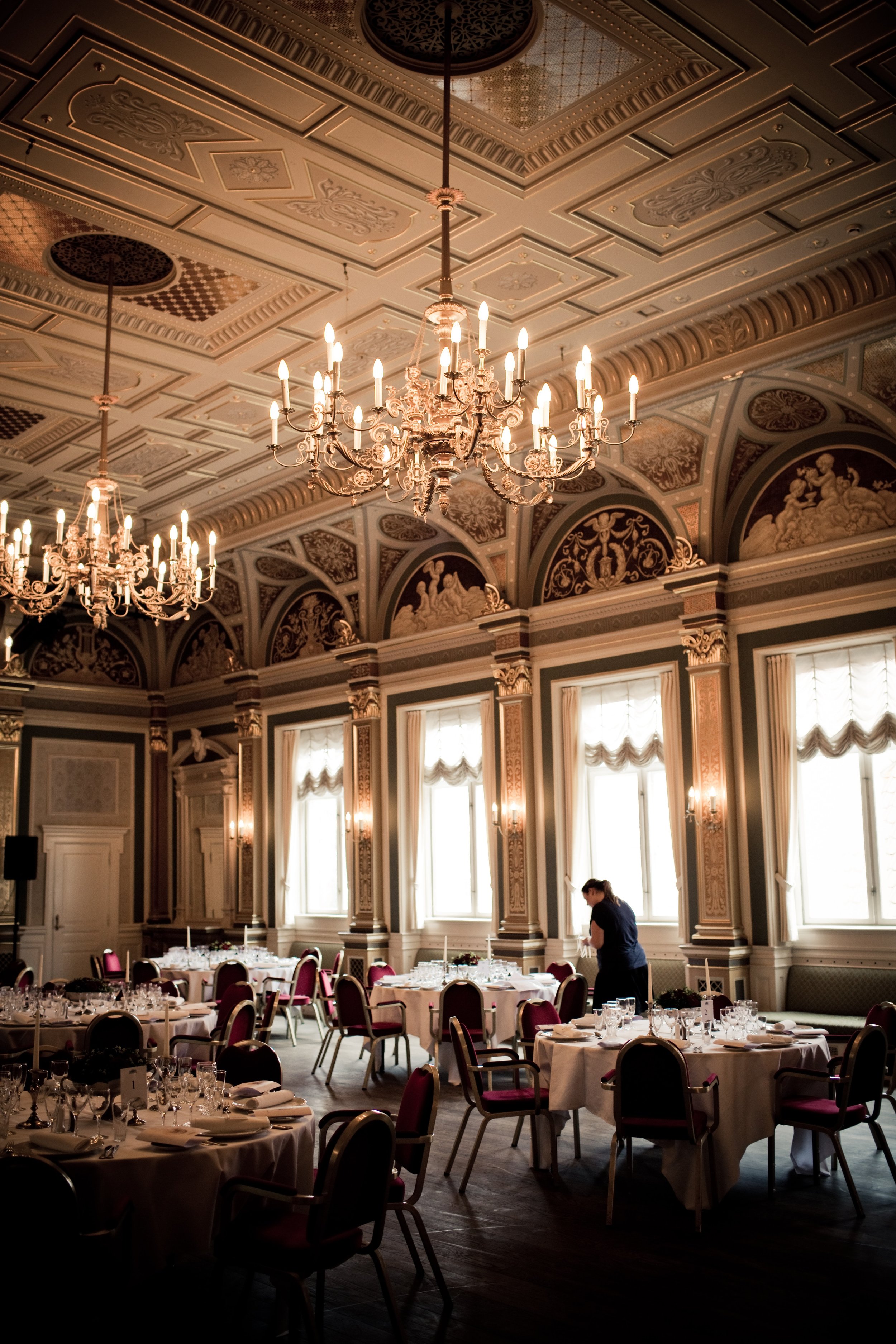
Summary - key points covered in the section
-
Classification of hotel ownership:
Private
Local group
International group
Hotels can run:
Independently
By contract
Referrals
Franchising
-
Classification of hotel departments:
Revenue-centered
Cost-centered
Front-of-house departments
Back-of-house departments
Functions of hotel departments:
Human resources
Sales/Marketing
Accounts
Food and beverage
Rooms division:
Front office
House keeping
Reservations
Telephone
Service/Concierge
Front Office Department
On successful completion of this lesson, you will be able to:
Explain the functions of the front office department
Define the organization of the front office department
Explain the key positions of the front office
Explain the day-to-day front of house operations
Describe the different registration procedures
List the four steps of the guest cycle
Define revenue and sales indicators

Summary - key points covered in the section
-
Front Office – Main functions:
Selling rooms
Maintaining balanced guest account
Providing services and information to guests
Reservations:
The reservations manager makes decisions on whether room reservations should be accepted when the hotel is fully booked.
The reservations supervisor will monitor all the room reservations taken.
The reservation clerk will handle all reservations.
Overbooking occurs when a hotel takes more reservations than the number of rooms available.
-
Concierge:
Chief concierge
Airport rep
Driver
Baggage supervisor
Door attendant
Parking attendant
Baggage porter
Executive Floor
The executive floor manager oversees the smooth operation of the executive floors and business centre.
Many hotels provide a business centre to both their business and leisure guests.
Day-to-day Operations
Engineering
Housekeeping
Security
-
Main duties of Front Desk:
Greet the guest
Verify guests identity
Present the registration form
Confirm method of payment
Update the guests account
Issue room key
Escort guest to room
Revenue and Sales Indicators:
Room sales normally contribute to the majority of a hotel’s revenue, followed by sales in the food & beverage sections.
Sales Indicators:
Occupancy rate
Guests per room
Average room rate
Revenue per room
Housekeeping Department
On successful completion of this lesson, you will be able to:
Explain the key roles of the housekeeping department.
List the duties of key positions in the housekeeping department.
Explain the organization of the housekeeping department.
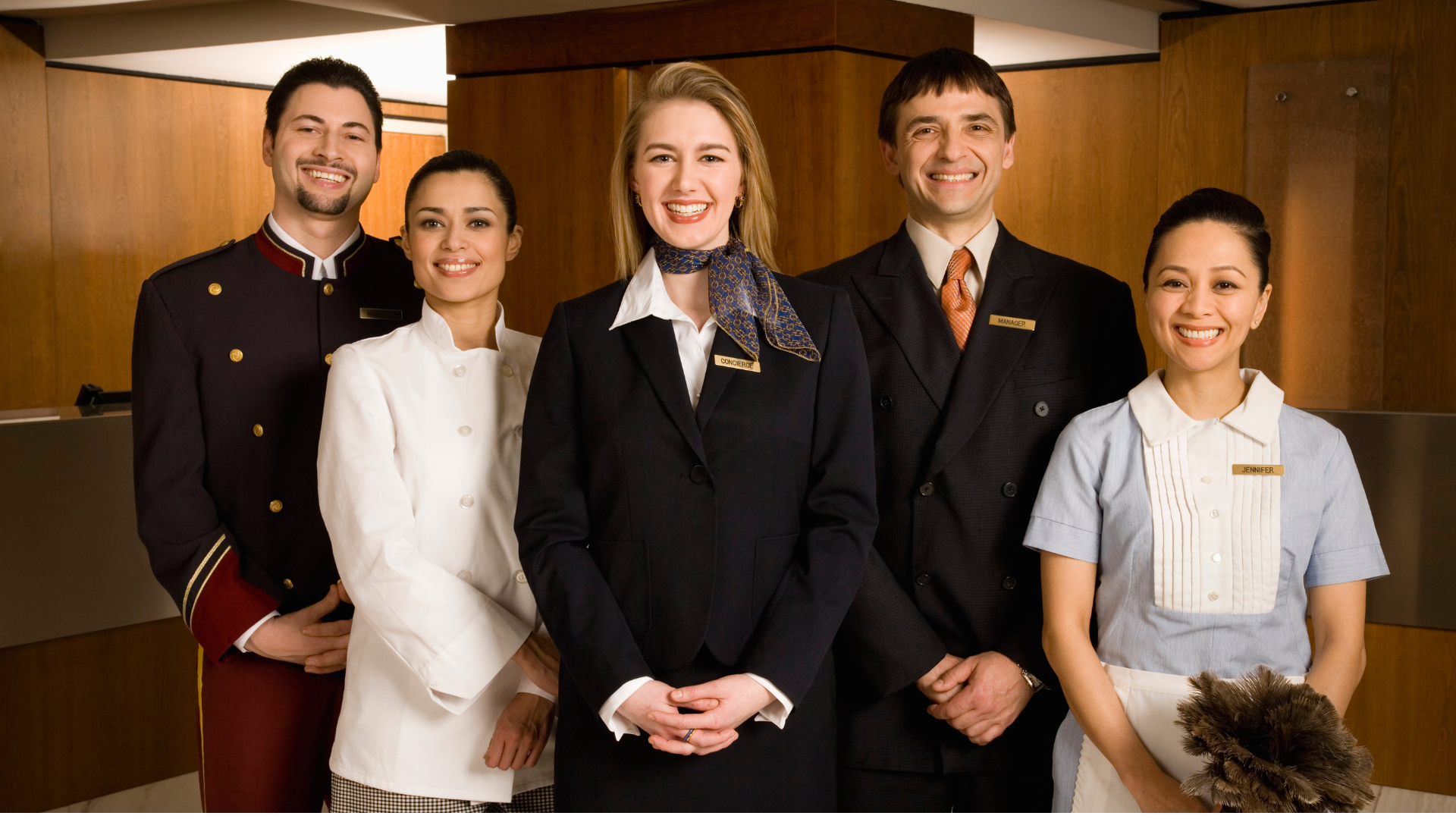
Housekeeping and Other Departments
On successful completion of this lesson, you will be able to:
Explain the relationship between housekeeping and other departments.
Describe the procedures involved in cleaning tasks.
Define room status codes.
Explain security procedures.

Summary - key points covered in the section
-
Housekeeping operations:
The housekeeping department is responsible for cleaning and maintaining the guest rooms, public areas, office spaces and back of the house areas in the hotel so that the property is as fresh and attractive as its first day of business.
Guest areas
Public areas
Staff areas
Other utilities
The housekeeping department is generally the largest department in most hotel operations:
Executive Housekeeper
Assistant Executive Housekeeper
Floor supervisor
Assistant housekeeper
Room attendant
Public area supervisor
Cleaner
Linen room attendant
Tailor/Seamstress
-
Rooms being cleaned are always prioritized in a logical order as listed below:
Occupied rooms with service request
Rooms blocked for arrivals
Check-out rooms
Occupied rooms
Public areas refer to all front-of-house and back-of-house areas inside the hotel property.
Hotels provide a variety of guest supplies and amenities for the guest’s needs and convenience.
Security Procedures
The security division is responsible for maintaining and implementing procedures which protect the personal property of guests and employees and the hotel itself.
Guest valuables
Key control
Suspicious person
Lost and found
Food and Beverage Sector
On successful completion of this lesson, you will be able to:
Define the food and beverage departments of a hotel.
Describe the different functions of the food and beverage departments.
Restaurant Organization and Duties of Key Positions
On successful completion of this lesson, you will be able to:
List the key restaurant positions and their duties.
Explain the relationship between food and beverage and other departments.
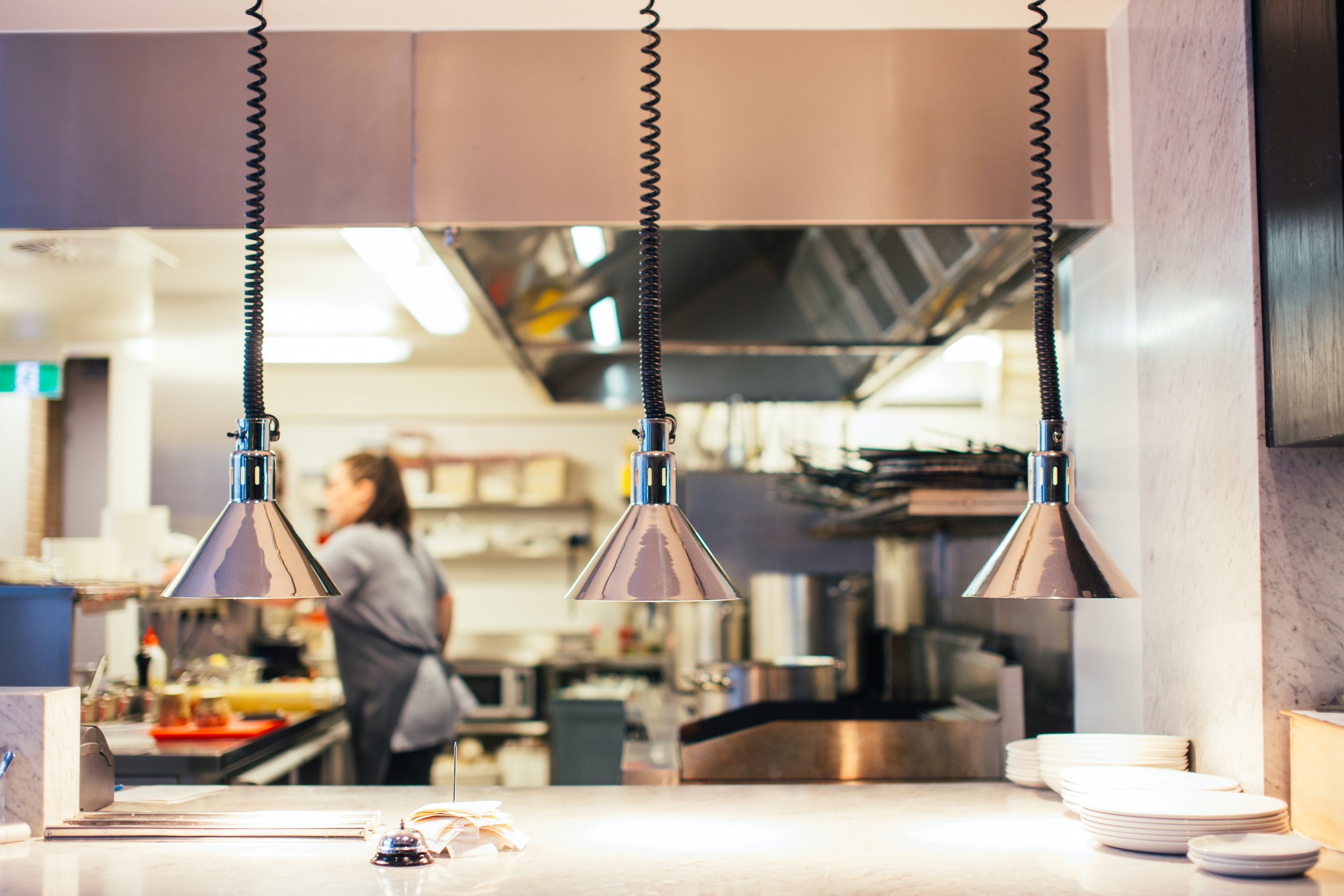
Summary - key points covered in the section
-
Food and beverage operations
A kitchen is a place for the storage and preparation of food.
The purpose of a kitchen is to produce the right quality of food of the highest standard for the required number of people.
Restaurant Organization and Duties of Key Positions
The managers have the sole responsibility for the day-to-day running of the food and beverage department and ensure budgetary controls, while overseeing pricing and purchasing in all food and beverage areas.
Key duties include daily operations, staffing, human resources, finance, marketing, advertising and public relations.
-
Kitchen Duties and Key Positions
The head chefs main function is to supervise the work in the kitchen so that it runs smoothly and to delegate the workload between the kitchen staff.
Food and beverage Relationship to other hotel departments
The food and beverage department depends on the other departments in the hotel for effective functioning.
Classification of Food and Beverage Services
On successful completion of this lesson, you will be able to:
Define the different market segments and customer types.
Explain the classification of the different modes of operation.
Food and Beverage Service Characteristics
On successful completion of this lesson, you will be able to:
Describe the common food and beverage service characteristics.
Explain what is required for a balanced diet.
Describe the characteristics of the different menu types.
Food and Beverage Service Principles
On successful completion of this lesson, you will be able to:
Explain the objectives of a menu.
List the five food groups.

Summary - key points covered in the section
-
Classification of food and beverage services:
Food and beverage services refers to the provision of food and drink to customers in different types of premises.
One means of classification is based on different types of market segments/types of customers
The Five Main Food Groups:
Establishing a menu format is helpful in ensuring that each of the five food groups is represented. This will make certain that healthy balanced items are available from the menu.
The five main food groups cereal, dairy, fruit, vegetables and meat are essential for good health and a balanced diet.
-
Comparison of Different Types of Menus
The most important element in the servicing of any restaurant type is the menu. It creates a link between the restaurant establishment and the guest.
Different types of menus have their own characteristics affected by various factors.
Menus fall into either one of the following two categories: selective or non-selective
Objectives of a menu
Well-designed menus market the food the restaurant prepares best and wants to sell by making those items stand out from the others.
Food and Beverage Service Characteristics
Different food and beverage services have their own unique characteristics and this can be reflected in their menus, services and themes.
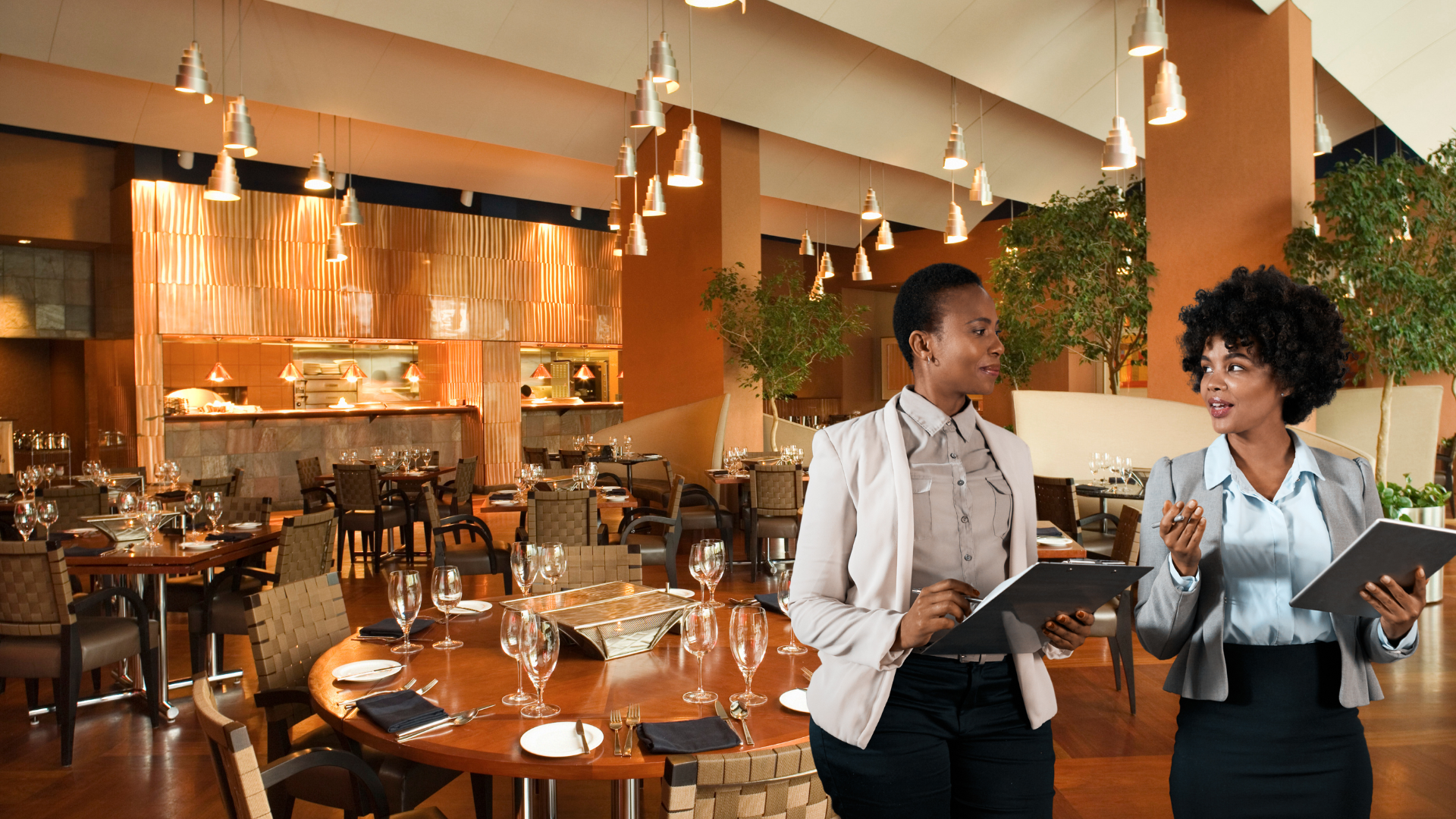
Restaurant Operations Planning
On successful completion of this lesson, you will be able to:
Describe the main factors that influence the menu planning process.
Explain the different approaches to menu pricing and the process of menu design.
Kitchen Design and Layout
On successful completion of this lesson, you will be able to:
Explain what is meant by kitchen layout and design.
Define the features of a well planned kitchen.
List the different types of kitchen equipment.


